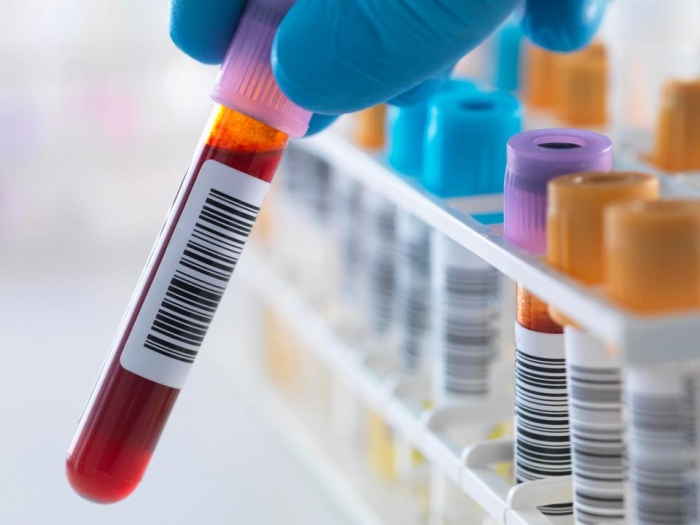In a new study, researchers have identified 14 biomarkers in human blood that are linked with all-cause mortality, and which may help scientists to predict risk of death in patients within five to 10 years.
"If we can identify vulnerable elderly people with this blood-based measurement, then the next step is to anticipate this vulnerability," explainsmolecular epidemiologist and ageing researcher Eline Slagboom from Leiden University Medical Centre in the Netherlands.
As it stands, predictions of mortality in elderly patients become comparatively robust in a patient's final year of life, due to the amount of available clinical data on the person, giving an enhanced ability to estimate their health and prognosis in the short term.
But what about longer-term predictions attempting to peer further into a patient's future? That's where it gets trickier.
"There is no consensus on the ultimate set of predictors of longer-term (5–10 years) mortality risk," Slagboom and her team explain in their new paper, noting that conventional risk factors for mortality in middle age – such as blood pressure and cholesterol – don't actually correspond with risk in older, elderly patients.
In an attempt to complete the picture, the team searched through blood samples from 44,168 individuals in 12 different cohorts. The participants were aged between 18 and 109, and were of European descent.
In follow-up studies, 5,512 of these participants were found to have died.
Looking through the data – which contained measurements on 226 metabolic biomarkers in the participants' blood – the researchers identified 14 biomarkers independently associated with mortality.
To gauge how well these biomarkers might indicate actual risk of death, the researchers analysed them against a cohort of over 7,600 Finnish patients who were studied in 1997.
Of this cohort, 1,213 of the participants died during follow-up, and the 14 biomarkers 'predicted' their deaths within five to 10 years with approximately 83 percent accuracy, beating out predictions with conventional risk factors, which were less accurate.
"These biomarkers clearly improve risk prediction of five and 10-year mortality as compared to conventional risk factors across all ages," the researchers write.
"These results suggest that metabolic biomarker profiling could potentially be used to guide patient care, if further validated in relevant clinical settings."
If that validation comes, this could be a hugely powerful tool in the future to help guide health practitioners, but experts commenting on the study say a lot more work is needed before this kind of test could be used in clinical environments.
"We'd need to see: validation to ensure repeatability in different labs, production of reference samples to test this on an ongoing basis, work to make the individual score possible, validation in other cohorts and validation of all components of the panel," says neurologist Amanda Heslegrave from the UK Dementia Research Institute at University College London, who wasn't involved with the study.
"So, it's an exciting step, but it's not ready yet."
It's also worth noting that the research only involved participants with a European background, so the findings may not reliably speak to the future health of people with different ethnicities.
The researchers also acknowledge that the number of biomarkers captured in their platform so far is "only a fraction of the metabolites in the human serum", meaning future efforts with more advanced spectrometry systems should inevitably provide a more robust predictor.
Despite those limitations, it's clear this line of enquiry could bring us information about the potential health and prospects of patients – forecasting up to a decade away, and perhaps even further into their future, one day.
"We want to tackle the vulnerability of people's health that is hidden and that doctors cannot see from the outside," Slagboom told TIME.
"I am still surprised by the fact that in a group of people you can take one blood sample at one point of time in their life, and that would say anything meaningful about their five to 10 year mortality risk."
More about:
















































